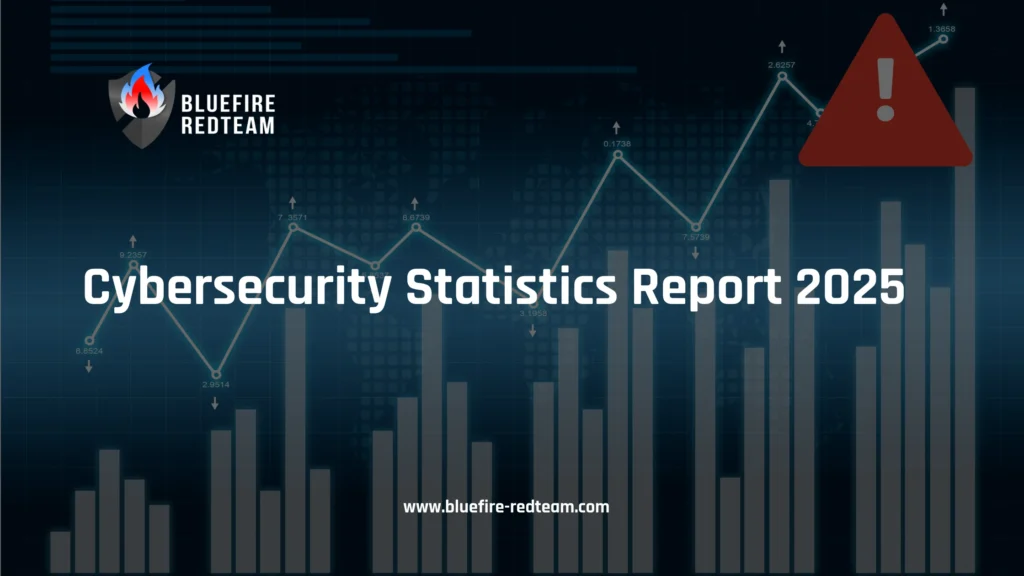The purpose of this 2025 Ultimate Cybersecurity Statistics Report is to serve as the standard reference.
In 2025, cybersecurity will be a defining business challenge rather than merely a technical one. Companies can no longer afford to ignore the figures, as cybercrime is expected to cost them $10.5 trillion. Accurate statistics are essential for decision-makers, reporters, analysts, and security experts to assess performance, comprehend risk, and plan for the future.
Cybercrime will cost businesses $10.5 trillion in 2025. The average global data breach costs $4.44M, while U.S. breaches reach $10.22M. Human error drives 43% of incidents, making awareness and training critical. Global cybersecurity spending is set to hit $213B in 2025, showing how organizations are fighting back. — Bluefire Redteam
Global Cost of Cybercrime
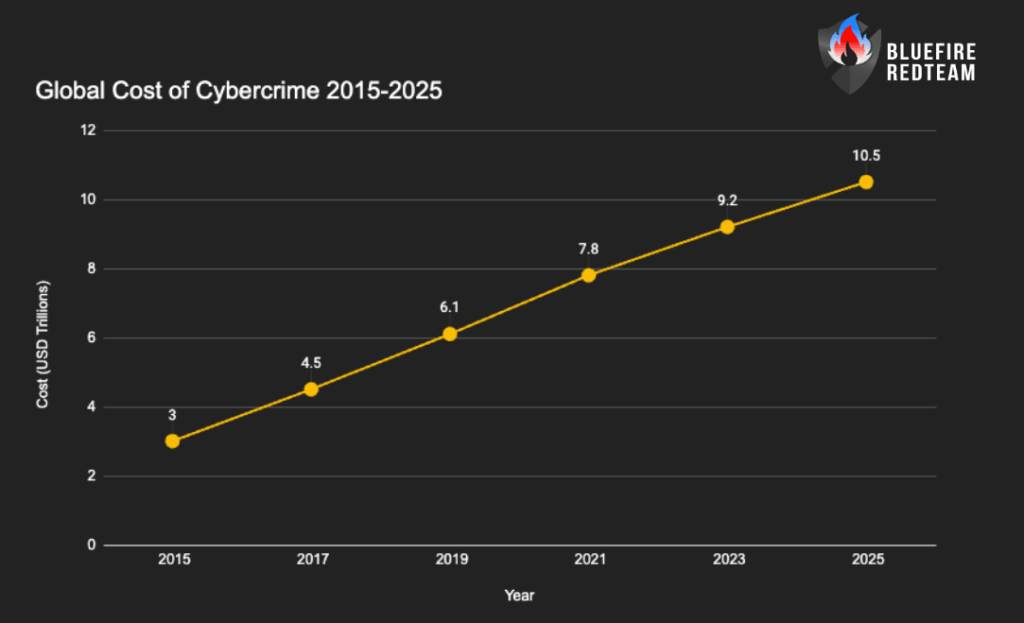
One of the threats to global economies that is expanding the fastest is cybercrime, whose costs have increased steadily over the last ten years. No industry is exempt from the attacks, which target companies of all sizes. The significance of making proactive investments in penetration testing and red teaming to fortify defences is highlighted by this trend.
Expert Insight: “This consistent rise shows cybercrime as one of the fastest-growing economic threats globally.” — Bluefire Redteam
Data Breach Costs
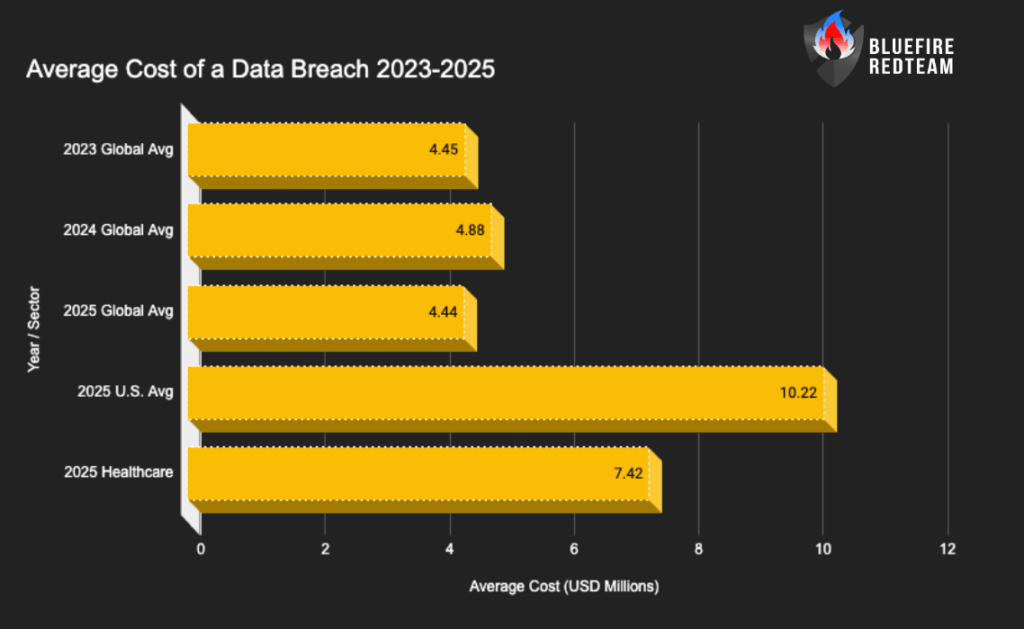
U.S. organisations continue to incur disproportionately high costs, even though the average cost of breaches worldwide decreased marginally in 2025 as a result of quicker detection and containment. Because sensitive personal data is exposed, the healthcare industry continues to be one of the most costly. To reduce impact, a free incident response plan must be prepared.
Expert Insight: “Early detection and faster containment explain the drop in average breach costs globally in 2025.” — Bluefire Redteam
Cybersecurity Spending Trends
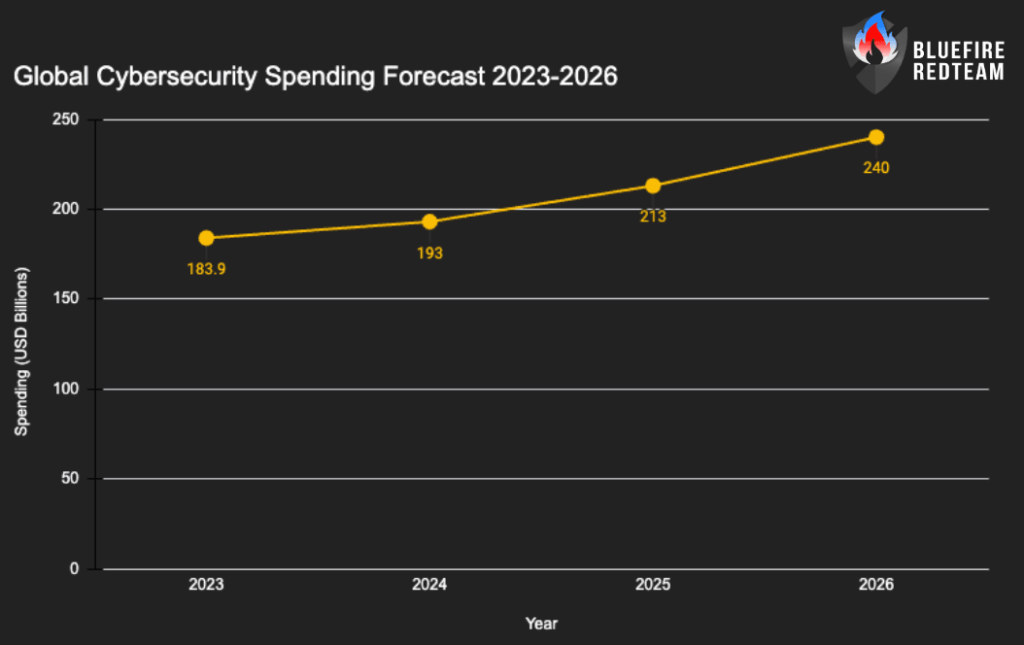
Global spending on cybersecurity is expected to reach $213 billion by 2025. This expansion is a result of increased industry-wide investment in prevention and response strategies, board-level prioritisation, and increased awareness of cyberthreats. Effective use of these budgets is ensured by tools such as SMB cybersecurity checklists.
Expert Insight: “Smart spending is growing—organizations now prioritize solutions that reduce breach costs and human error.” — Bluefire Redteam
Breach Incident Frequency
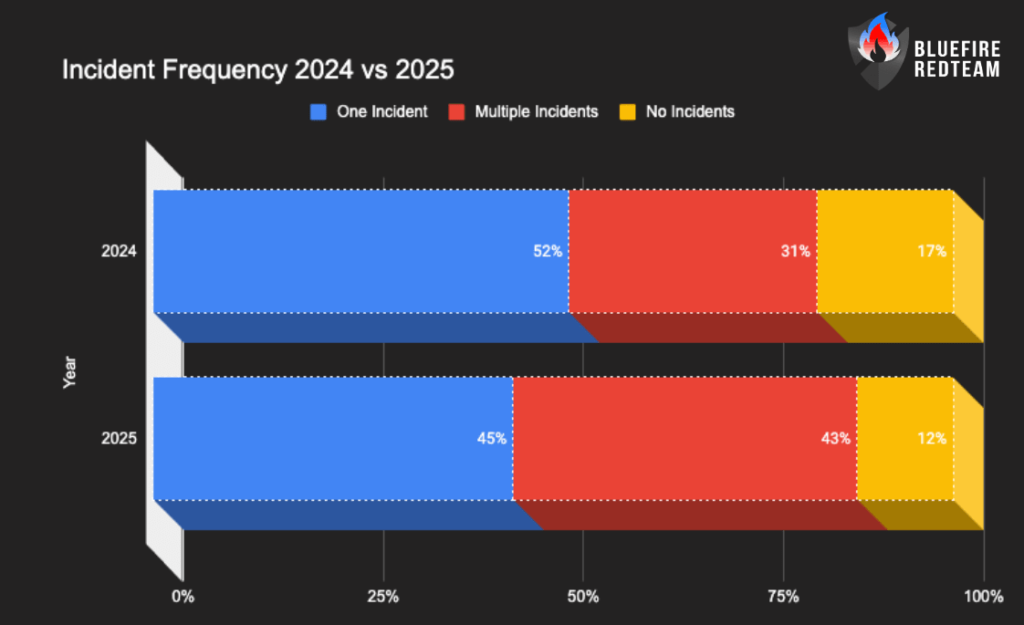
In 2025, 43% of organisations reported having multiple cyber incidents, a significant increase from 31% in 2024. This demonstrates that attackers are not only getting past defences but also coming back time and time again to take advantage of vulnerabilities.
Expert Insight: “Attack frequency is rising across industries. Resilience now depends on both tech and workforce readiness.” — Bluefire Redteam
Human Factor Risks
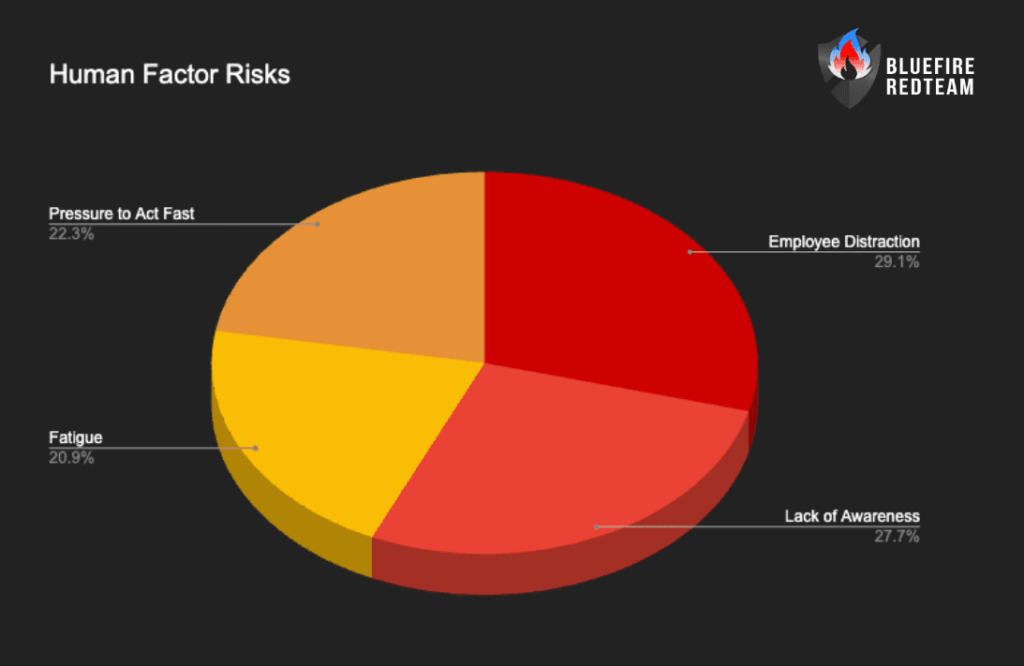
Human factors still account for the majority of cybersecurity incidents, with fatigue, inattention, and distraction at the top of the list. Employee involvement and training are still essential for lowering susceptibility and minimising risk.
Expert Insight: “Human error is the new threat vector. The best tech won’t help without an aware workforce.” — Bluefire Redteam
Regional Breach Costs
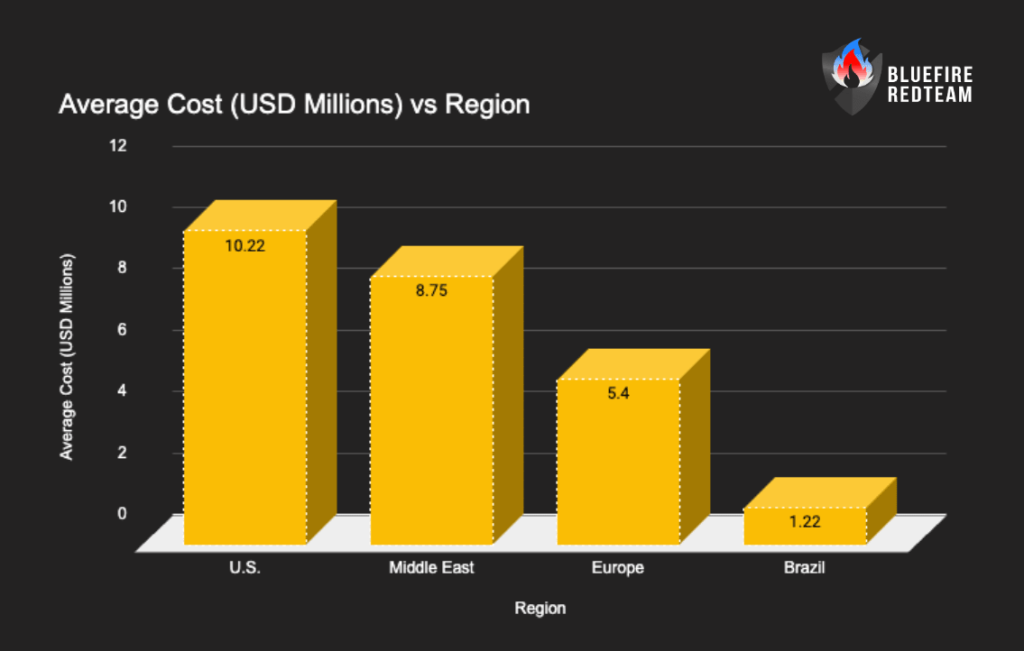
The average cost of a breach varies significantly by region, with the highest costs incurred by U.S. companies. Stricter laws, increased litigation risk, and the importance of customer data are some of the causes of this. By taking proactive steps like penetration testing and red teaming, organisations can lessen their exposure.
Expert Insight: “Location still matters. Infrastructure maturity and policy enforcement shape breach costs.” — Bluefire Redteam
Conclusion
The statistics are unmistakable: human error remains a significant risk factor, cybercrime is increasing, and breaches continue to be expensive. However, companies can maintain their lead with wise investment, effective governance, and a workforce that has received security awareness training.
In addition to raising awareness, this 2025 Cybersecurity Statistics Report is designed to be a linkable resource that business executives, analysts, and journalists will consult all year long.


